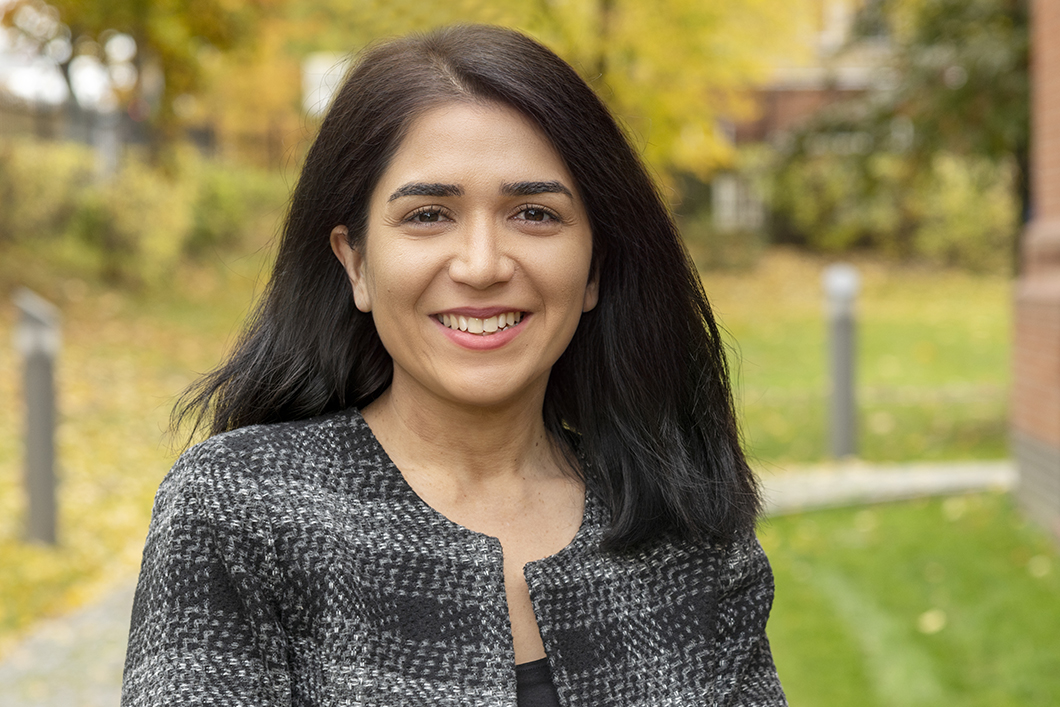
Bengisu Yilmaz, Acoustic and Electromagnetic Methods division
Source: BAM
Interview series "Introducing People@BAM"
Dr. Bengisu Yilmaz, Acoustic and Electromagnetic Methods Division
Bengisu, tell us a little bit about yourself. What did you do in "your life before BAM”?
I’m a curious engineer with multi-cultural experiences. I completed my bachelor and master of science degrees in Mechatronics at Sabanci University (Istanbul, Turkey) while connecting interdisciplinary fields (material science, mechanics, and electronics engineering). Then during my PhD, I specialized in nondestructive testing at Ultrasound Institute (Kaunas University of Technology, Kaunas, Lithuania) in connection to European training network. Prior to starting my role at BAM, I worked in a management consultancy -where I helped to raise funding for small and medium enterprises (SMEs) working on disruptive innovation.
What inspired you to pursue a career in science?
I grew up in a south-eastern city of Turkey, Mersin – where it was planned to build a nuclear power plant. I was fascinated by the technology but at the same time feared the consequences of a nuclear accident. The curiosity and the relationship to my origins gave me a motivation to read more about energy industry, safety, and regulations. Through my internships I evaluated the fit of my skills and characteristics, hence I pursued a career in engineering and science.
What does your research focus on, and what excites you most about this topic?
I’m interested in understanding the quality of complex materials such as composites with nondestructive testing methods. Specifically at BAM, I’m working in QI-Digital project Reliable Hydrogen Energy with structural health monitoring (SHM) team. Our goal is to demonstrate the capability of SHM systems (ultrasonic guided waves, fibre optic sensing, acoustic emission) on monitoring hydrogen pressure vessels and create digital twin. I’m responsible for the digitalisation part of the project including data management, data fusion, and signal processing. In addition, I work on the coordination of the SHM team. The work itself is very interdisciplinary, so it never gets boring.
Why research at BAM? What do you like most about your work here?
I like working in a research institute that focuses on finding solutions for the climate crises that we are in. Specifically, being part of a Reliable Hydrogen Energy subproject, it gives a great purpose since hydrogen is one of the key components toward European Union’s (EU) net zero carbon emission goals.
Have there been any obstacles or challenges in your career so far? And if so, how did you overcome them?
In my career there were two main obstacles: financial inequalities and gender inequalities. Through the years of working in research, I learnt the great power of solidarity and network. Currently, I am involved in several networks where people of underrepresented groups support each other.
If you should describe your job at BAM in one sentence what would that be?
I work to ensure the safety of hydrogen pressure vessels by building digital solutions using nondestructive testing methods.


